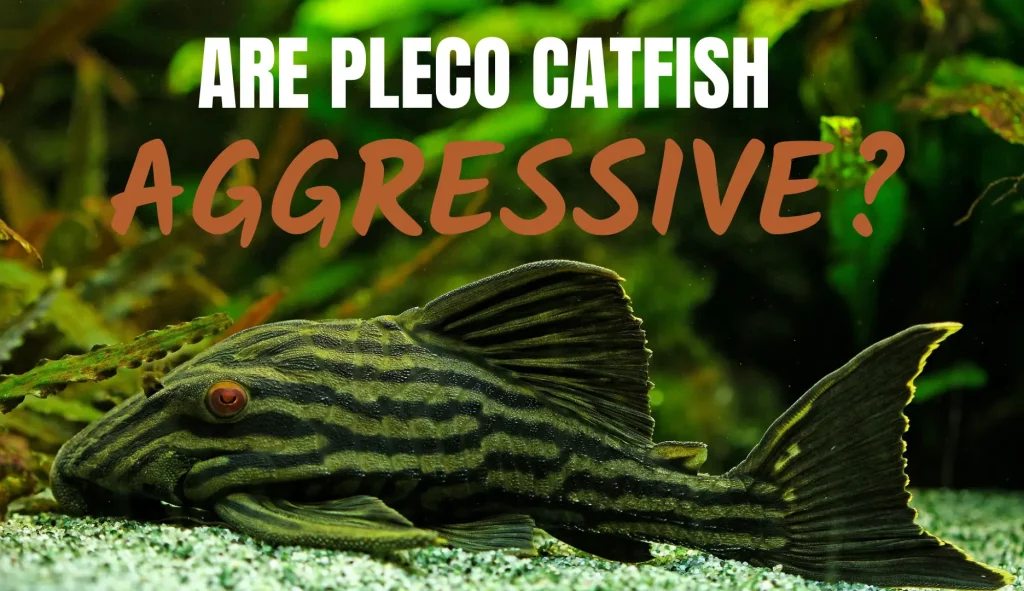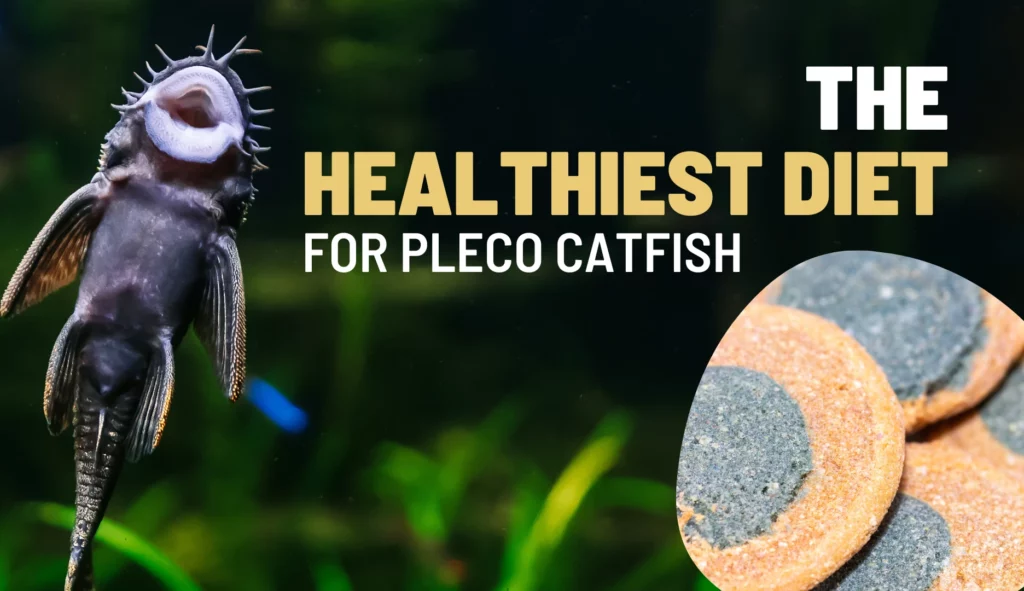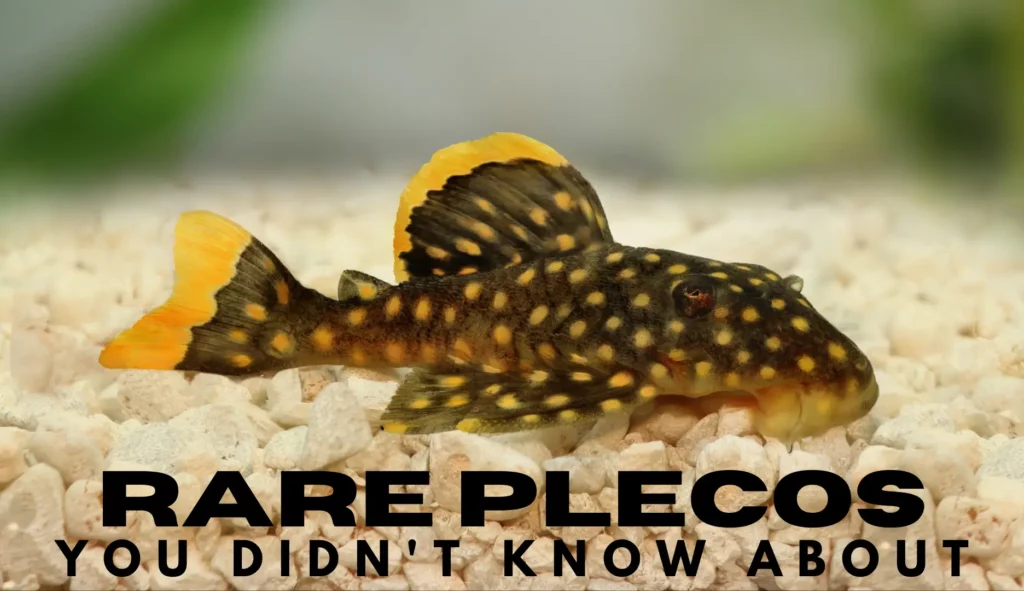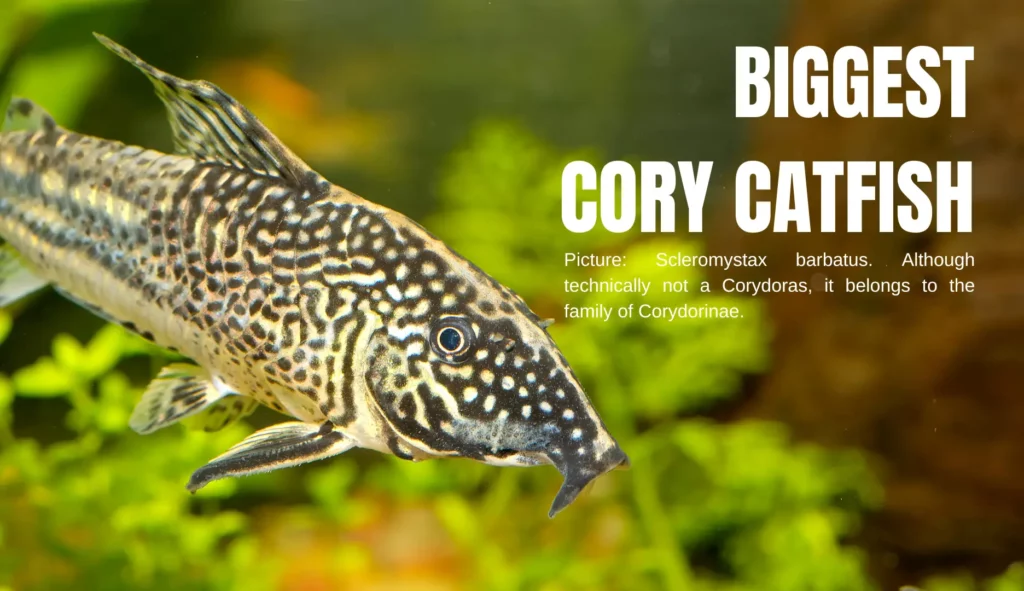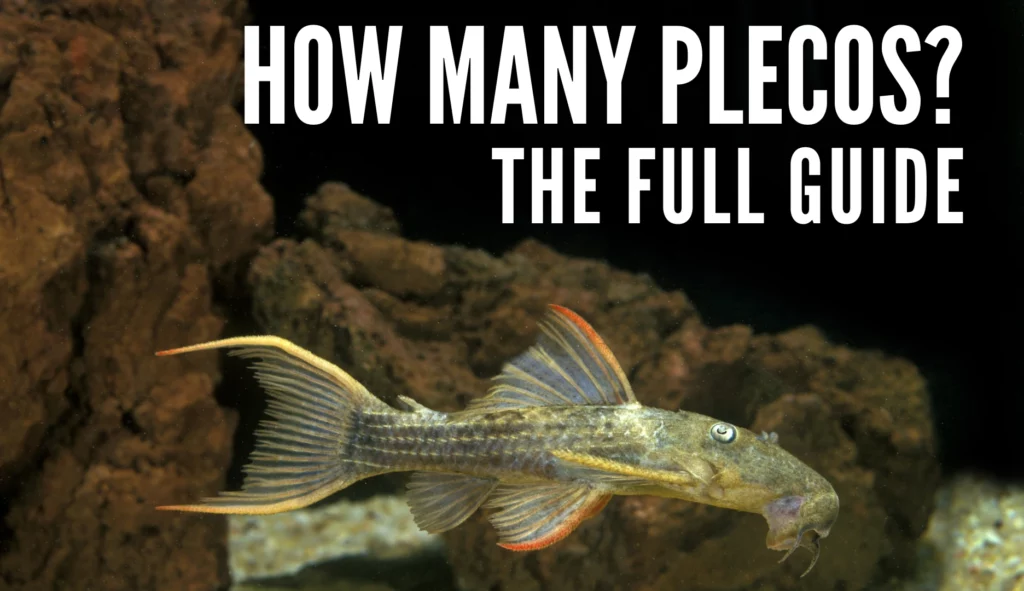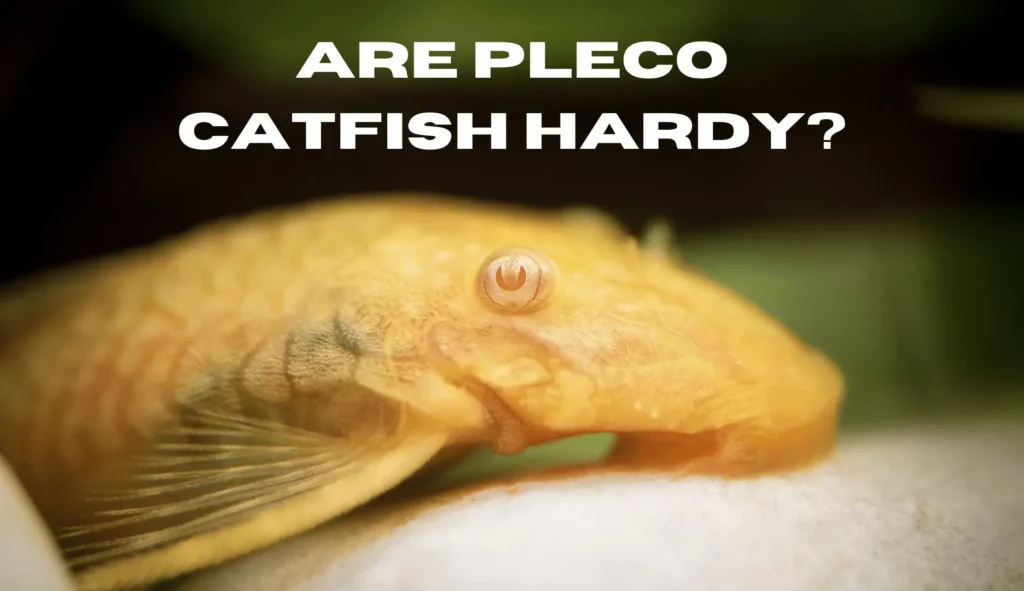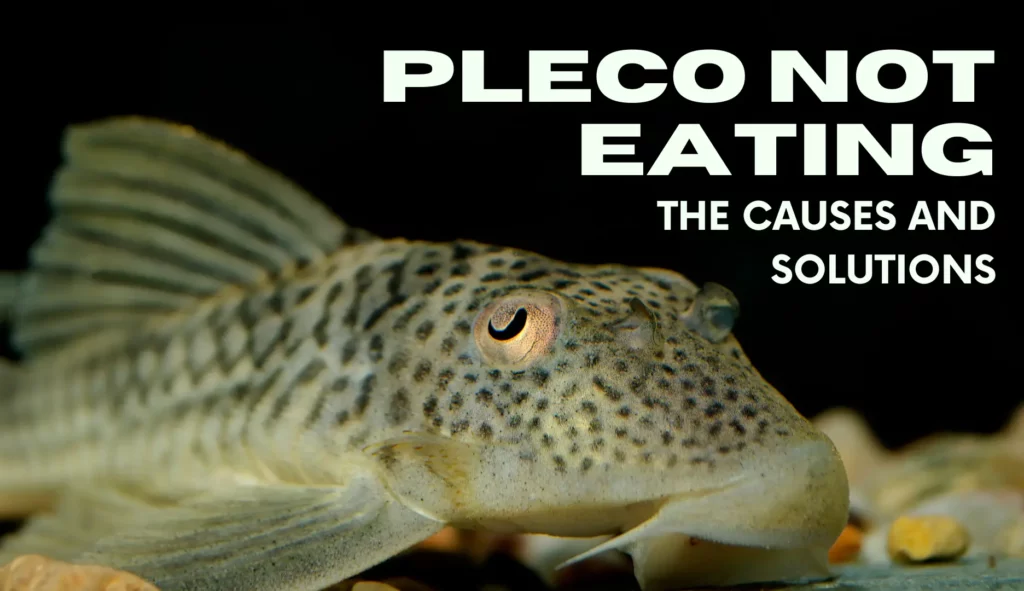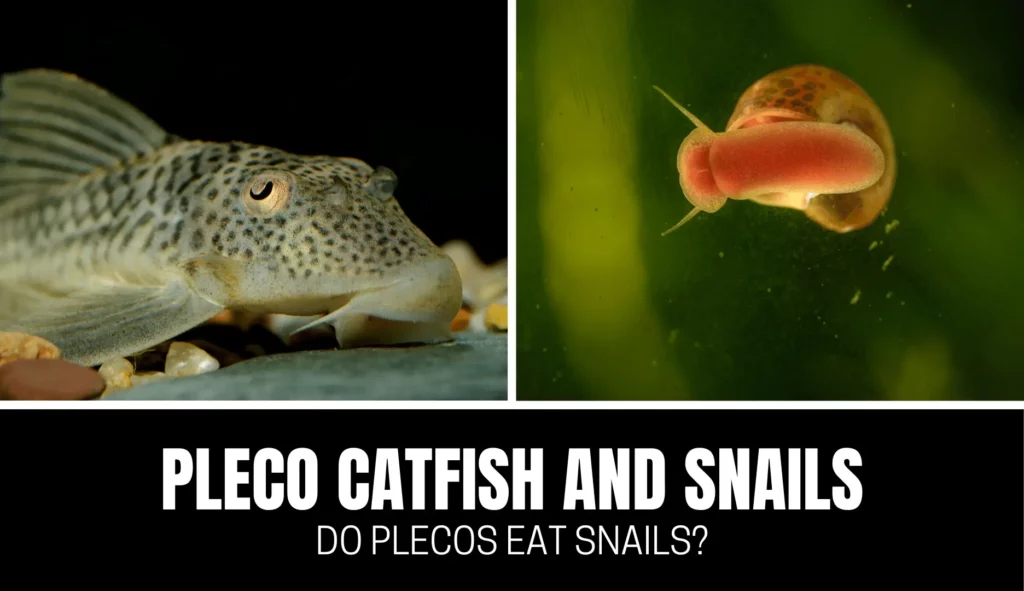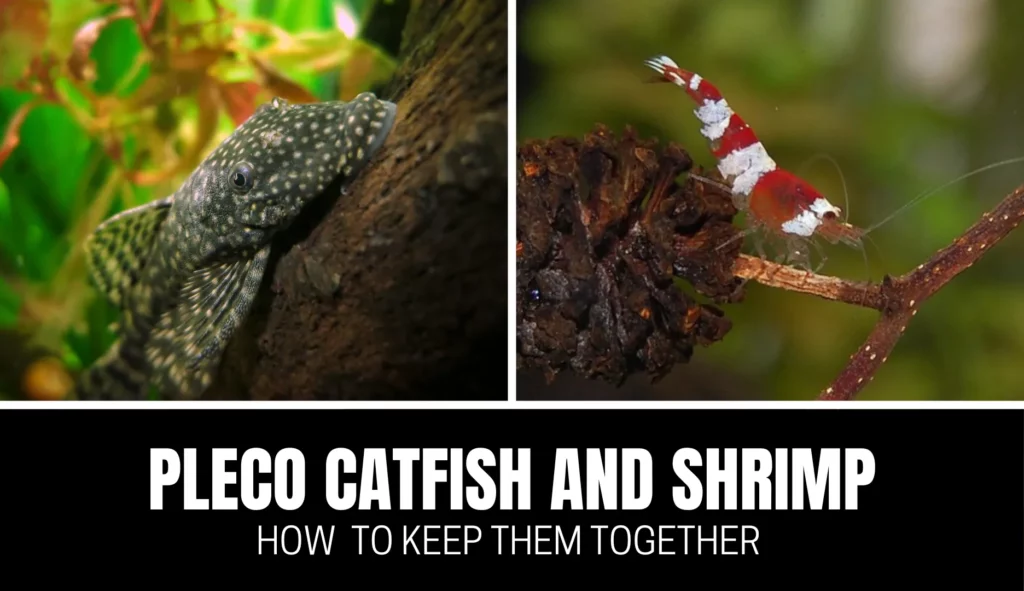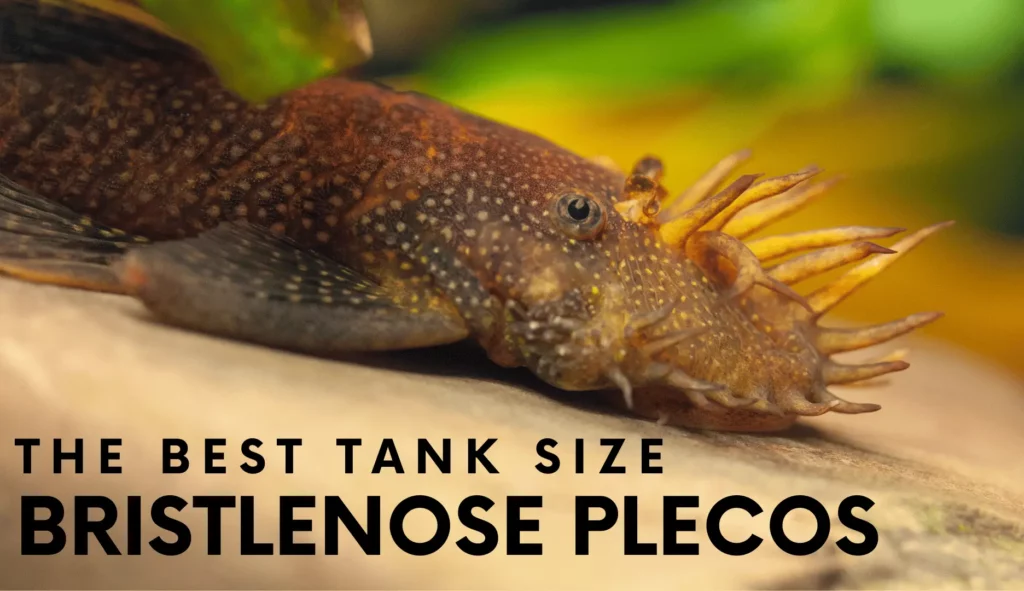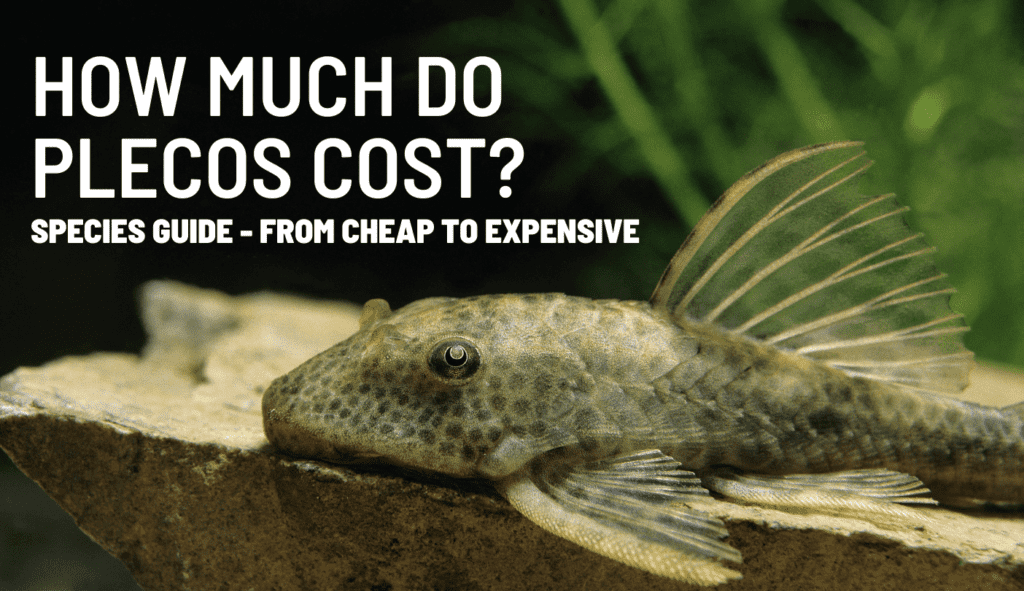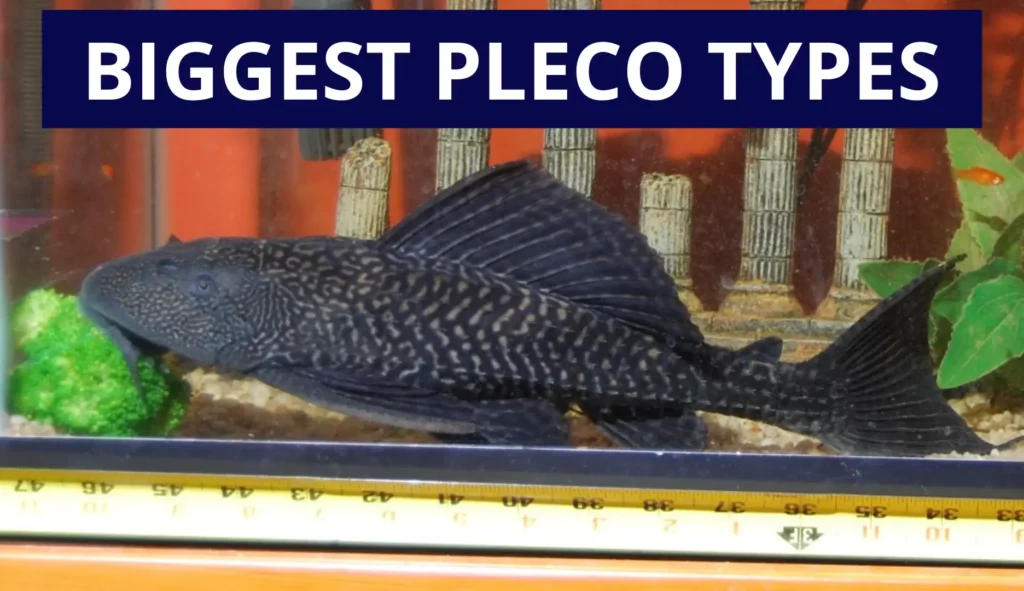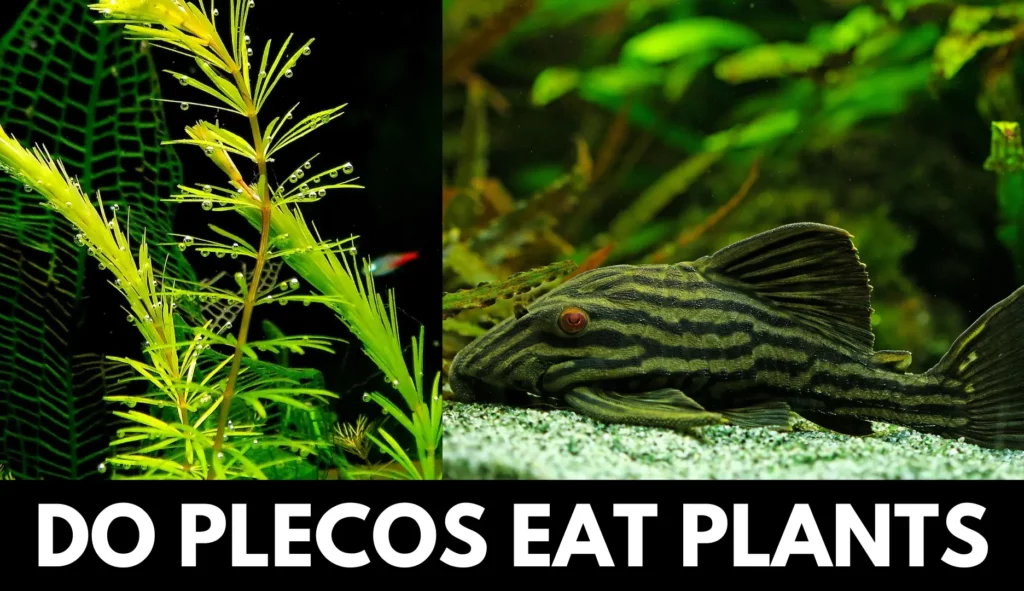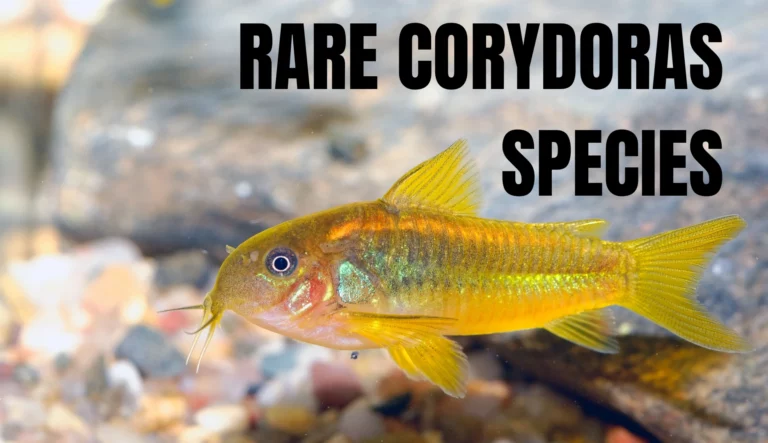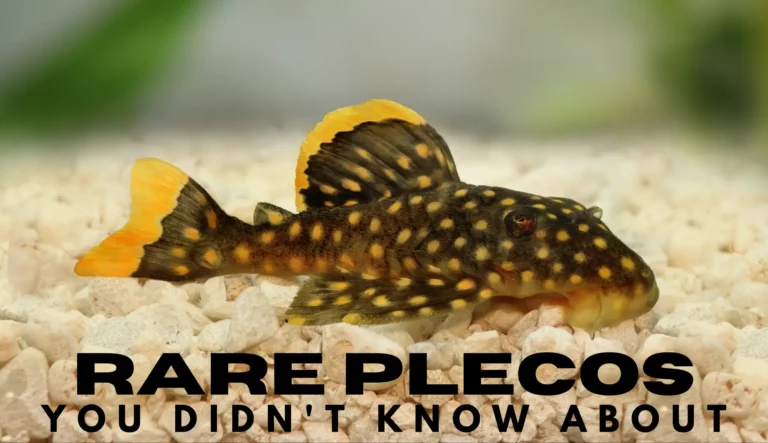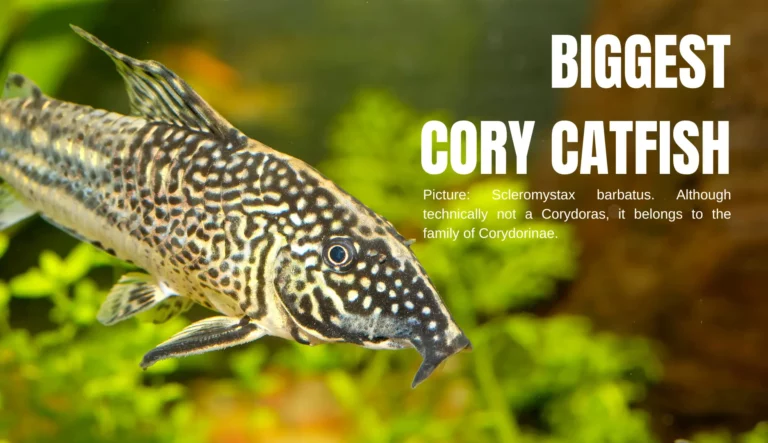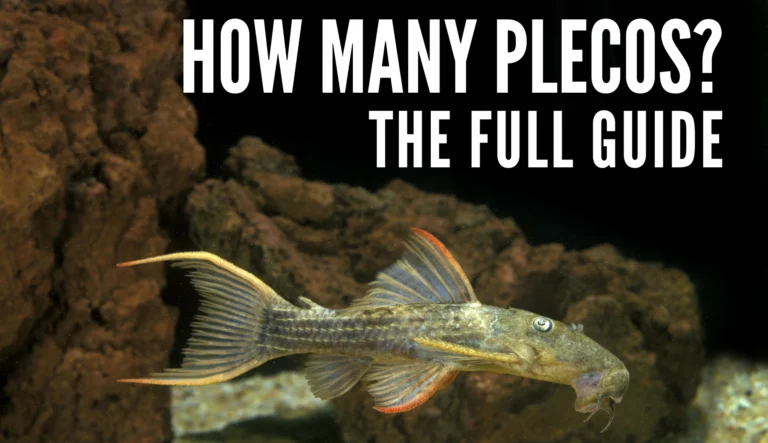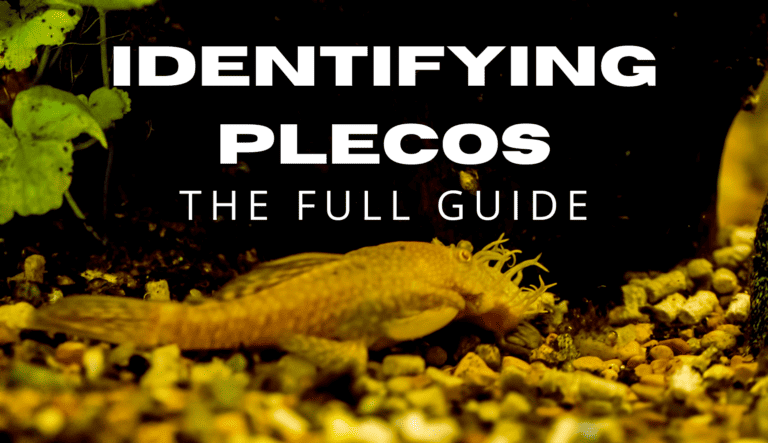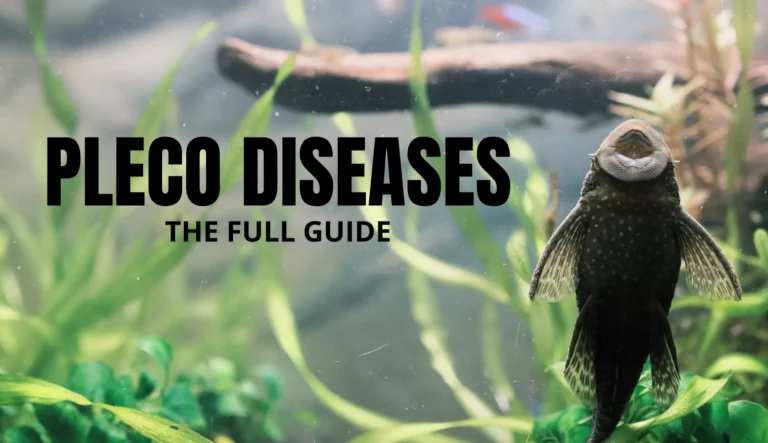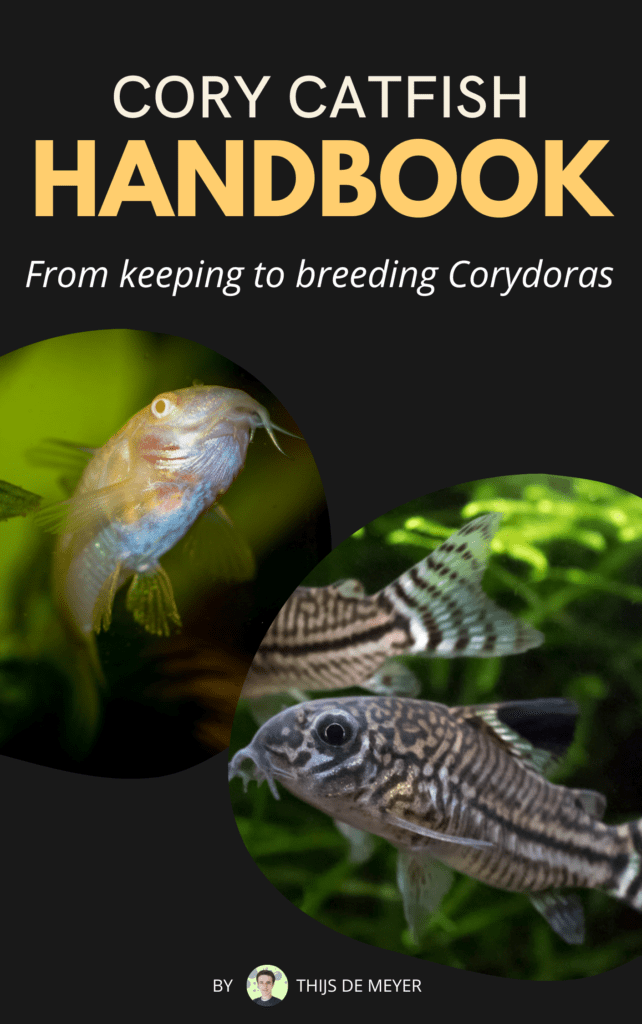Pleco catfish are often kept in the aquarium hobby because they’re calm and rather friendly fish.
However, plecos can be quite the opposite of that statement. So, are plecos aggressive fish or are they peaceful?
Plecos are naturally not aggressive fish, but can be territorial towards both other plecos and other fish. Especially if the tank is small and the pleco doesn’t have much personal space, it can react by attacking other fish. Males are more aggressive than females.
Tips to prevent pleco aggression
First off, some pleco aggression is totally normal. In a colony of plecos males will have some conflicts to assert dominance on a regular basis.
However, if you find your plecos fighting all the time or getting wounded, it’s time to find a solution.
1. Tank size
As we’ve discussed, plecos can become very territorial if they don’t have enough personal space. Not only to their own species, but also towards other fish.
Depending on the species, your tank should be anywhere from 20 gallons to 150+ gallons big. Most small species like bristlenose and clown plecos do fine in a 20-30 gallon tank, though.
A tank for pleco catfish is preferably not that high, but has a big surface. This is because plecos spend most of their time on the bottom layer, and won’t need as much swimming space.
Learn more about setting up a pleco tank →
2. Tank decoration
Probably the most important part is what’s actually in the tank. After all, you can have a 50 gallon tank but if there’s only one hiding spot, it will still cause issues.
Adding different forms of hiding places is crucial for keeping plecos. Plecos love to have their personal hiding spot to fall back to, and it’s often a cause of conflict between males.
Here are some hiding places to think about
- Driftwood – Apart from serving as hiding places, it’s a part of many plecos’ diet.
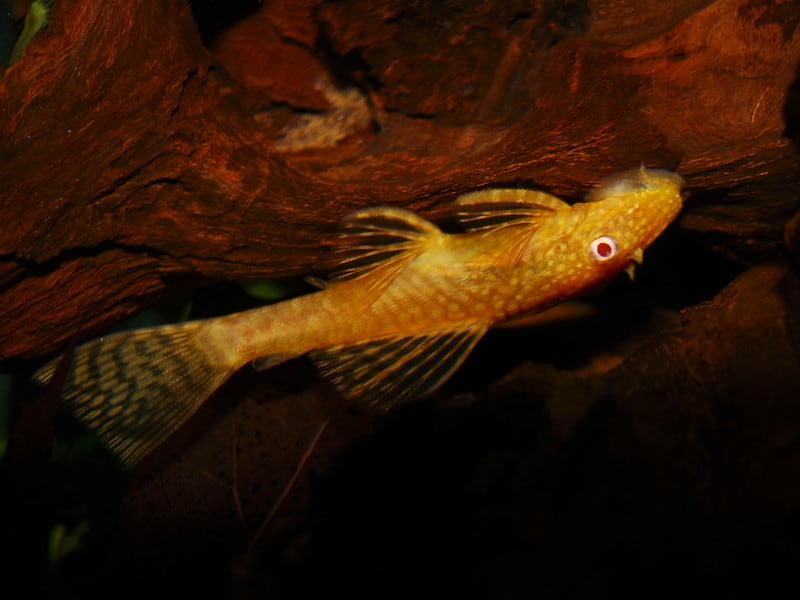
- Stones – You can lay rocks on each other to create small caves, just like in the wild!
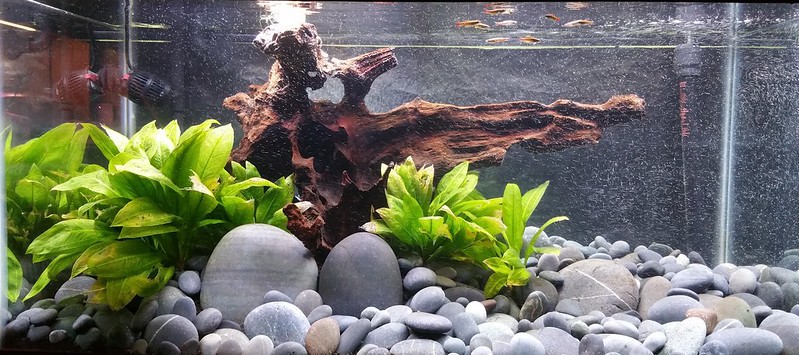
- Plants – Most plecos will not harm your plants, and primarily the root system of some plants like Anubias provides great shelter. In fact, I’ve written an entire article on the best plants for plecos right here if you’re interested.
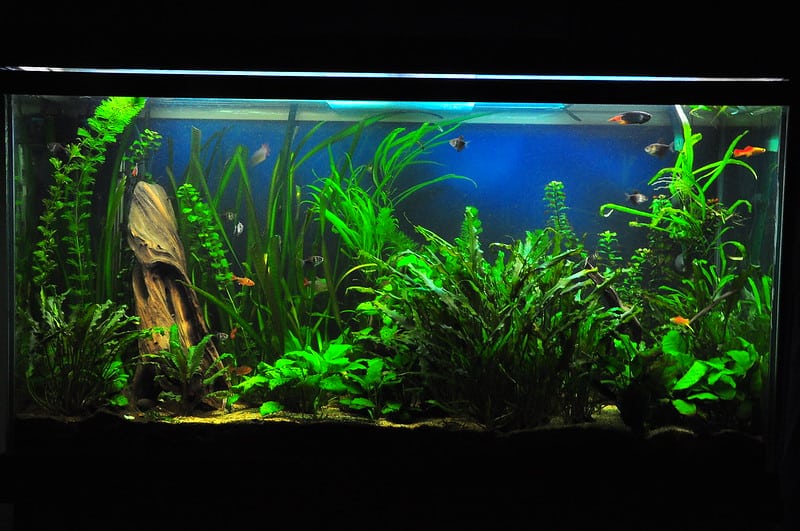
- Pleco caves – This is my personal favorite. Did you know there are caves especially designed for plecos? Plecos love them and even breed in them!
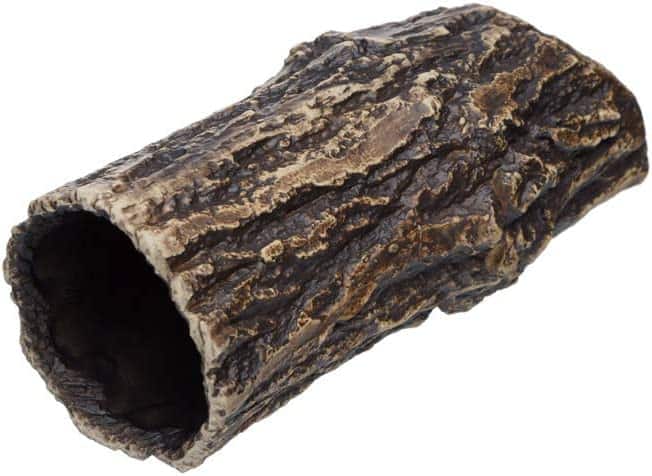
3. Tank mates
Plecos are overall pretty calm fish, but certain tank mates can cause conflicts with plecos.
The main type of fish to look out for are competitive or territorial fish. F.e., Apistogramma fish or other cyclids, that can become really aggressive. The pleco will be really stressed and possibly fight with the fish.
The same goes for other bottom-dwellers. Although adding fish like cory catfish with the pleco(s) is a great idea, having a crowded bottom layer full of fish is a recipe for conflicts.
The last thing to touch on is that on rare occasions, pleco catfish might suck on the slime coat of fish.
This mostly isn’t aggressive behavior, but most likely done to eat from the slime coat.
This behavior is extremely rare and occurs mostly with underfed pleco catfish that are big enough to attach to a fish.
I’ve written an article covering this problem in the case of goldfish and pleco catfish.
4. Male to female ratio
If you notice your pleco males having conflicts, it might be because the hierarchy in the group isn’t right. Males can sometimes fight until death!
The best hierarchy for keeping plecos in groups is one male to 2-3 females. This means the males will have to feel less need to compete with another male.
Of course, look at your tank and whether it can fit such a large group. For breeding purposes, having a bigger group is also better.
Extra reasons plecos get aggressive
Whether a pleco gets aggressive or not has much more causes than only tank size. In fact, sometimes there’s nothing to do about it and it’s just the pleco’s character.
1. Fish personality
It can depend on the personality of the fish on how aggressive it is. Some pleco males are just more aggressive.
If you keep a group, you’ll also notice the differences between males with the alpha male being more aggressive.
2. Stress
If your pleco is under continuous stress, it can react by becoming more aggressive.
This is of course tied to the points we’ve touched on, such as tank size, tank decorations and tank mates which all might cause stress.
A good indication to see whether your pleco is stressed is too see how much it’s hiding. Although it’s fine for a pleco to hide a lot, it should move around the tank and come out of its hiding place frequently.
3. Malnutrition
Unfortunately, some people still forget to feed their plecos their own specific diet, which they absolutely need! If you don’t feed your plecos enough or not enough nutritious meals, it will cause stress and eventually conflicts for food.
This problem is more common with big pleco types, that need a lot of food.
Make sure to look at what type of pleco you have to decide what diet it needs. Some need a plant-based diet such as vegetables, while others need more protein.
Do plecos bite?
Plecos don’t have the ability to bite humans, and they have no teeth. Plecos are made to suck on surfaces and grasping off algae and wood by using your mouth filled with small bumps.
Conclusion
Plecos are naturally not aggressive fish. However, in certain circumstances plecos may become aggressive to both their congeners and other fish. The main reasons plecos fight are for territory, breeding and food.
In most cases this behavior is not bad, but when it gets out of hand solutions should be searched.
Here are some solutions to think about:
- Placing them in a bigger tank
- Adding pleco caves
- Remove other territorial fish
- Changing the male to female ratio

